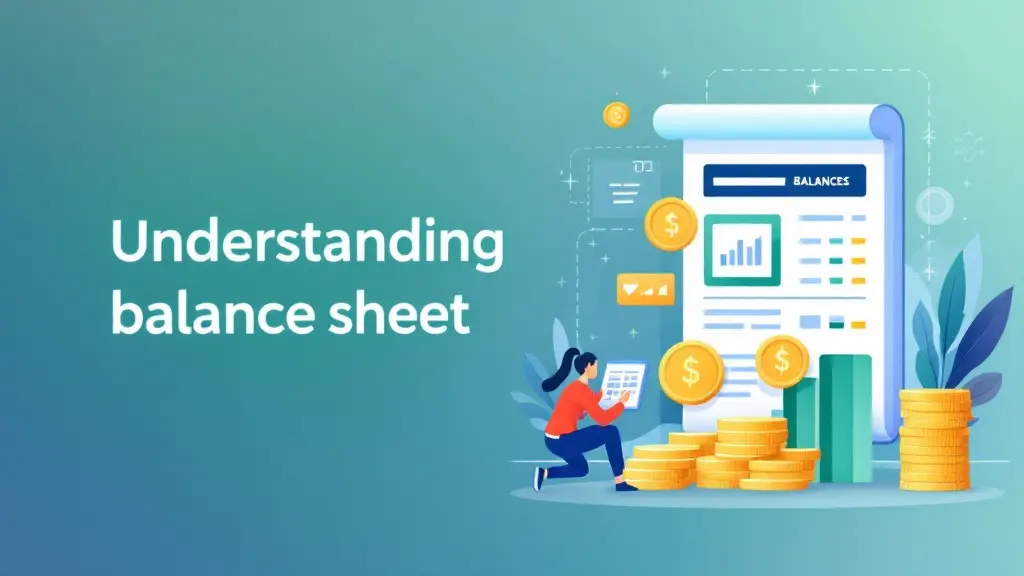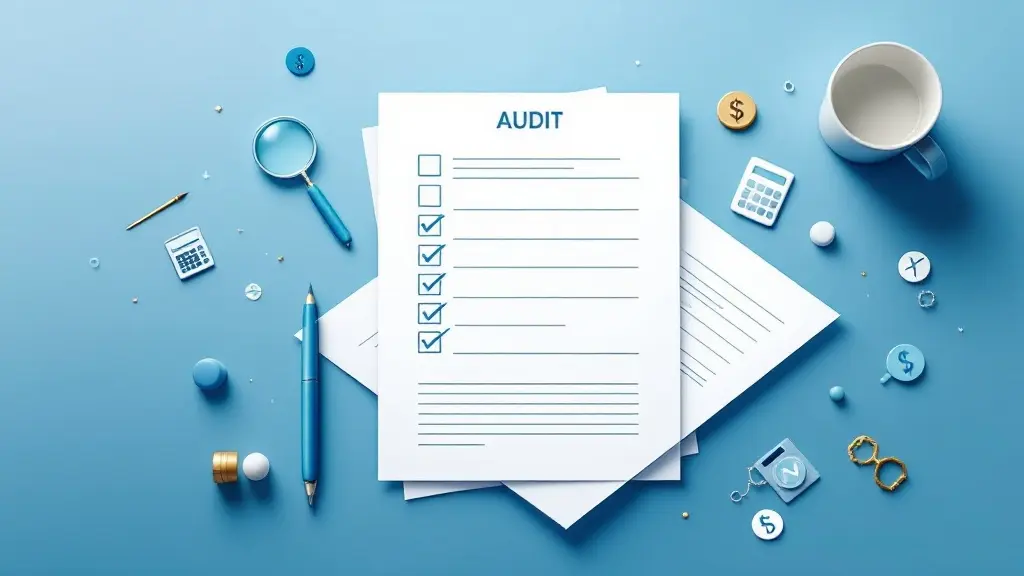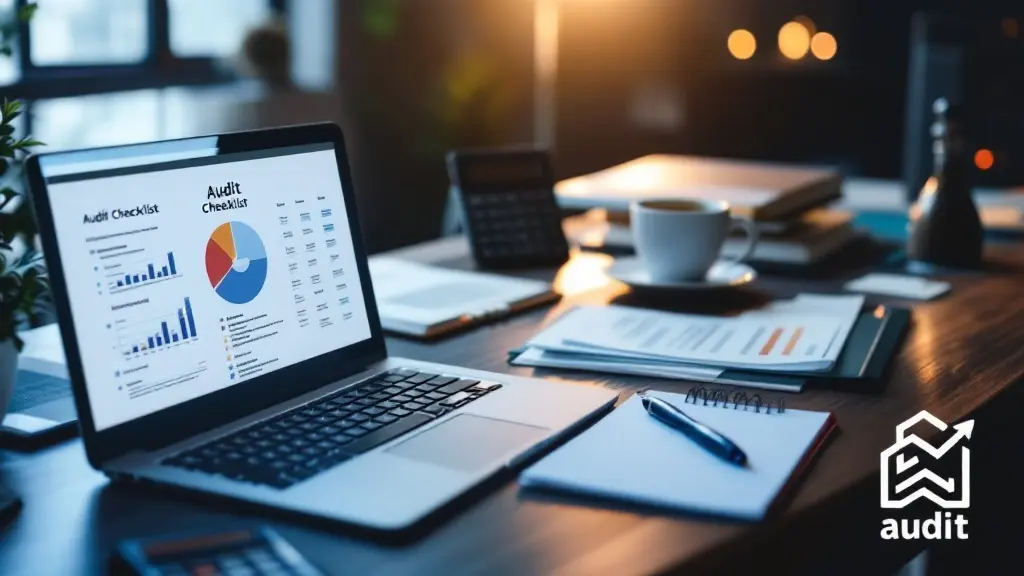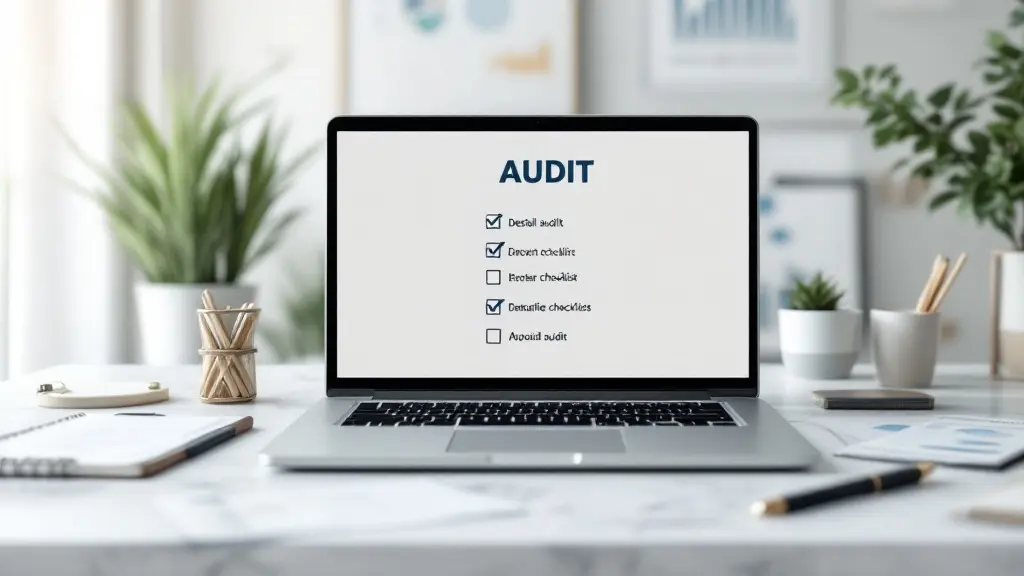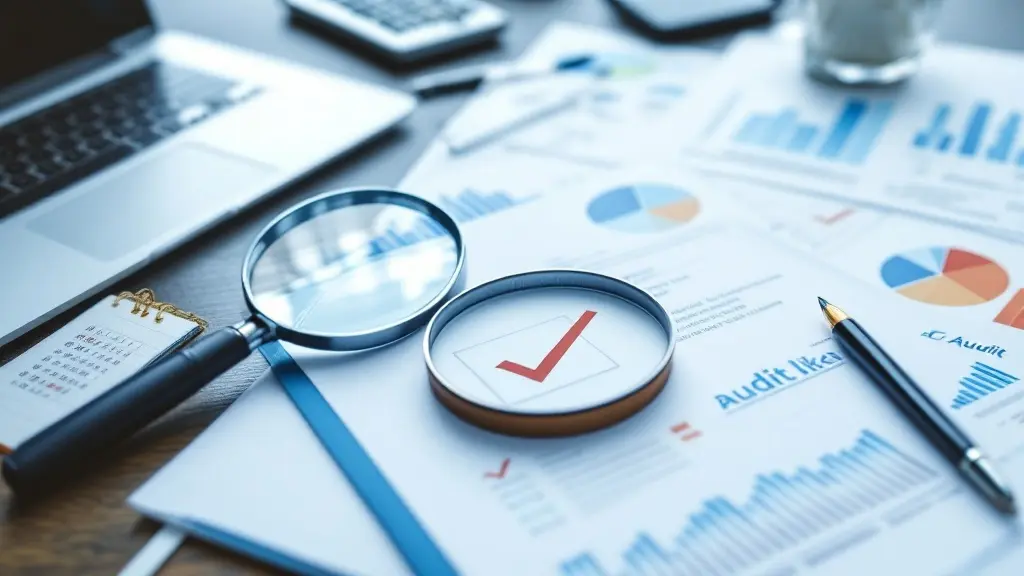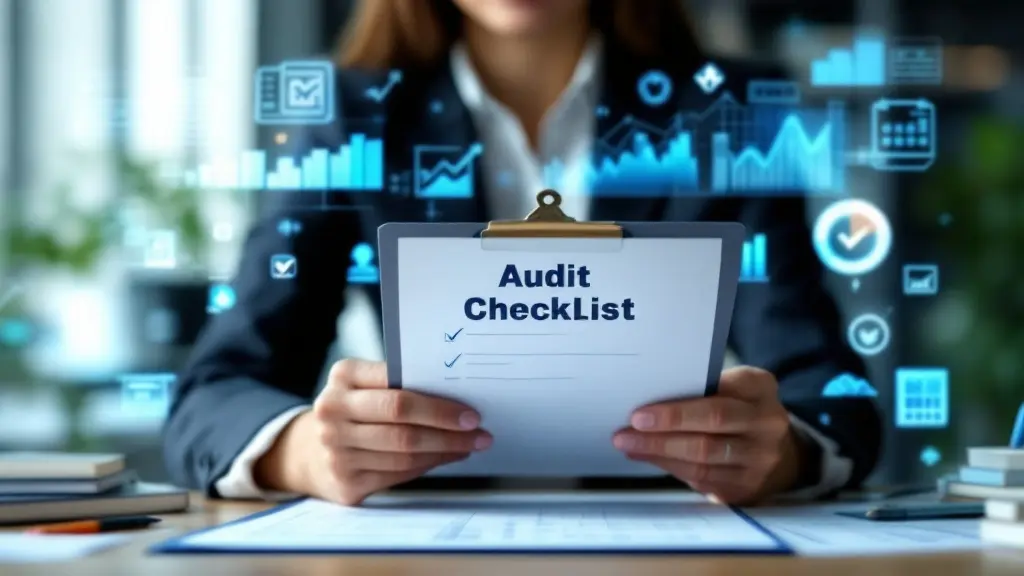Understanding Assets, Liabilities, and Capital: A Complete Guide for Beginners
Table of Contents
Most Read
[fusion_dropcap class="fusion-content-tb-dropcap"]I[/fusion_dropcap]ntroduction
If you’re new to accounting or finance, terms like assets, liabilities, and capital can seem overwhelming. However, they are essential concepts that form the foundation of any business’s financial health. Understanding these terms is key to grasping how businesses manage their resources, liabilities, and the equity invested in them.
In this guide, we’ll break down what each of these terms means, how they relate to each other, and why they’re important for anyone interested in finance or accounting. Whether you’re a student, a business owner, or someone interested in learning about business finance, this post will help you navigate these concepts with ease.
What Are Assets?
In the simplest terms, assets are the things a company owns that provide future economic benefits. These resources can either be tangible or intangible and are classified into two main categories: current assets and non-current assets.
Types of Assets
- Current Assets: These are assets that are expected to be converted into cash or used up within one year. Common examples include:
- Cash: The most liquid asset, used to pay for goods and services.
- Accounts Receivable: Money owed by customers for products or services provided on credit.
- Inventory: Goods or materials the business plans to sell or use in production.
- Non-Current Assets: These are assets that provide long-term value and are not easily converted into cash within a year. Some examples include:
- Property, Plant, and Equipment (PPE): Physical assets like buildings, machinery, and vehicles.
- Intangible Assets: Non-physical assets such as patents, trademarks, and goodwill.
- Long-Term Investments: Investments in stocks or bonds that are intended to be held for more than a year.
Why Are Assets Important?
Assets are crucial because they represent the resources a business can use to generate income. Whether it’s through selling inventory, renting out property, or using equipment for production, assets help businesses achieve their financial goals. In financial accounting, the value of assets is reported on the balance sheet, which gives stakeholders an understanding of the company’s financial standing.
What Are Liabilities?
On the flip side, liabilities are the financial obligations a company owes to others. These debts or obligations arise from past transactions and are usually settled over time, through the transfer of money, goods, or services. Just like assets, liabilities are classified into two categories: current liabilities and non-current liabilities.
Types of Liabilities
- Current Liabilities: These are debts that must be paid off within a year. Common examples include:
- Accounts Payable: Money the business owes to suppliers for goods or services purchased on credit.
- Short-Term Loans: Loans that need to be repaid within one year.
- Accrued Expenses: Costs that are incurred but not yet paid, such as wages, taxes, or interest.
- Non-Current Liabilities: These are debts that are due beyond one year. Some examples include:
- Long-Term Debt: Loans or bonds that are due after more than one year.
- Pension Liabilities: Obligations to provide retirement benefits to employees in the future.
- Deferred Tax Liabilities: Taxes owed but not yet paid, usually due to differences between accounting rules and tax laws.
Why Are Liabilities Important?
Liabilities are an important part of a company’s financial structure because they represent how a business finances its operations and growth. A company may take on liabilities, such as loans or credit, to expand, buy assets, or cover operational expenses. However, excessive liabilities can be risky if the company struggles to meet its debt obligations, which is why it’s important for businesses to manage their liabilities carefully.
What Is Capital?
Capital refers to the money invested in a business by its owners or shareholders. It represents the financial foundation of a business, and it is used to fund operations, purchase assets, and pay off liabilities. In essence, capital is the value that owners have in a business after all liabilities have been deducted from the assets.
Types of Capital
- Equity Capital: This is the capital raised through the sale of shares or stock in the company. Equity holders (shareholders) own a portion of the business and may receive dividends from the company’s profits.
- Debt Capital: This is the money borrowed by the business, often through loans or bonds, and must be repaid over time with interest. Although debt does not grant ownership in the company, it provides capital that must be repaid.
- Working Capital: This is the difference between current assets and current liabilities, representing the short-term financial health of a business. Positive working capital indicates that a company can cover its short-term liabilities with its short-term assets.
Why Is Capital Important?
Capital is essential because it funds the business’s day-to-day operations and long-term growth. Without capital, a business cannot invest in new opportunities or expand its operations. Additionally, investors and lenders often look at a company’s capital structure to assess its financial stability and risk.
The Relationship Between Assets, Liabilities, and Capital
At the heart of financial accounting lies the accounting equation:
Assets = Liabilities + Owner’s Equity (Capital)
This equation serves as the foundation of the balance sheet and illustrates the relationship between assets, liabilities, and capital. It states that the total value of a company’s assets must be equal to the sum of its liabilities and equity capital. Let’s break it down:
- Assets: What the business owns.
- Liabilities: What the business owes.
- Owner’s Equity (Capital): What’s left for the owners after all liabilities are paid off.
This relationship is crucial for understanding a company’s financial health. If a business takes on more debt (liabilities), its liabilities will increase, but so will the amount of capital required to maintain a balance. Likewise, if a business acquires more assets, the equity (capital) will either grow or shrink, depending on whether it uses debt or its own capital to fund the purchase.
How Do These Concepts Affect a Business?
Understanding assets, liabilities, and capital is not just for accountants and financial analysts; it’s critical for business owners and decision-makers. Here’s how these concepts can affect a business:
- Asset Management: Efficient management of assets ensures that a company can generate sufficient income, maximize profits, and minimize unnecessary costs.
- Liability Management: Overleveraging a business with too many liabilities can lead to financial instability. Conversely, too few liabilities might mean the business is missing out on opportunities for growth.
- Capital Structure: A balanced capital structure, with an appropriate mix of equity and debt, can lower the cost of capital, increase profitability, and improve financial flexibility.
Best Practices for Managing Assets, Liabilities, and Capital
- Regularly Monitor Your Balance Sheet: Review your company’s assets, liabilities, and capital regularly to ensure everything is in balance. A healthy balance sheet reflects strong financial management.
- Optimize Asset Usage: Use your assets efficiently to maximize profitability. For example, avoid holding excessive inventory or equipment that isn’t being used productively.
- Manage Liabilities Wisely: Keep track of your liabilities and ensure that they are manageable. Avoid excessive borrowing and focus on paying off high-interest debts first.
- Invest in Capital for Growth: Whether you’re raising capital through equity or debt, make sure it’s directed toward projects that will generate returns in the long run, such as expanding your product line or investing in technology.
Conclusion
Assets, liabilities, and capital are the building blocks of a company’s financial framework. Understanding these concepts allows business owners and financial managers to make informed decisions, optimize resource allocation, and improve financial health. By monitoring these components and their relationships, you can steer your business toward long-term success and stability.
If you’re just starting out in accounting or business management, mastering these terms is a crucial first step. Keep studying, stay curious, and apply what you’ve learned to enhance your understanding of business finances.
